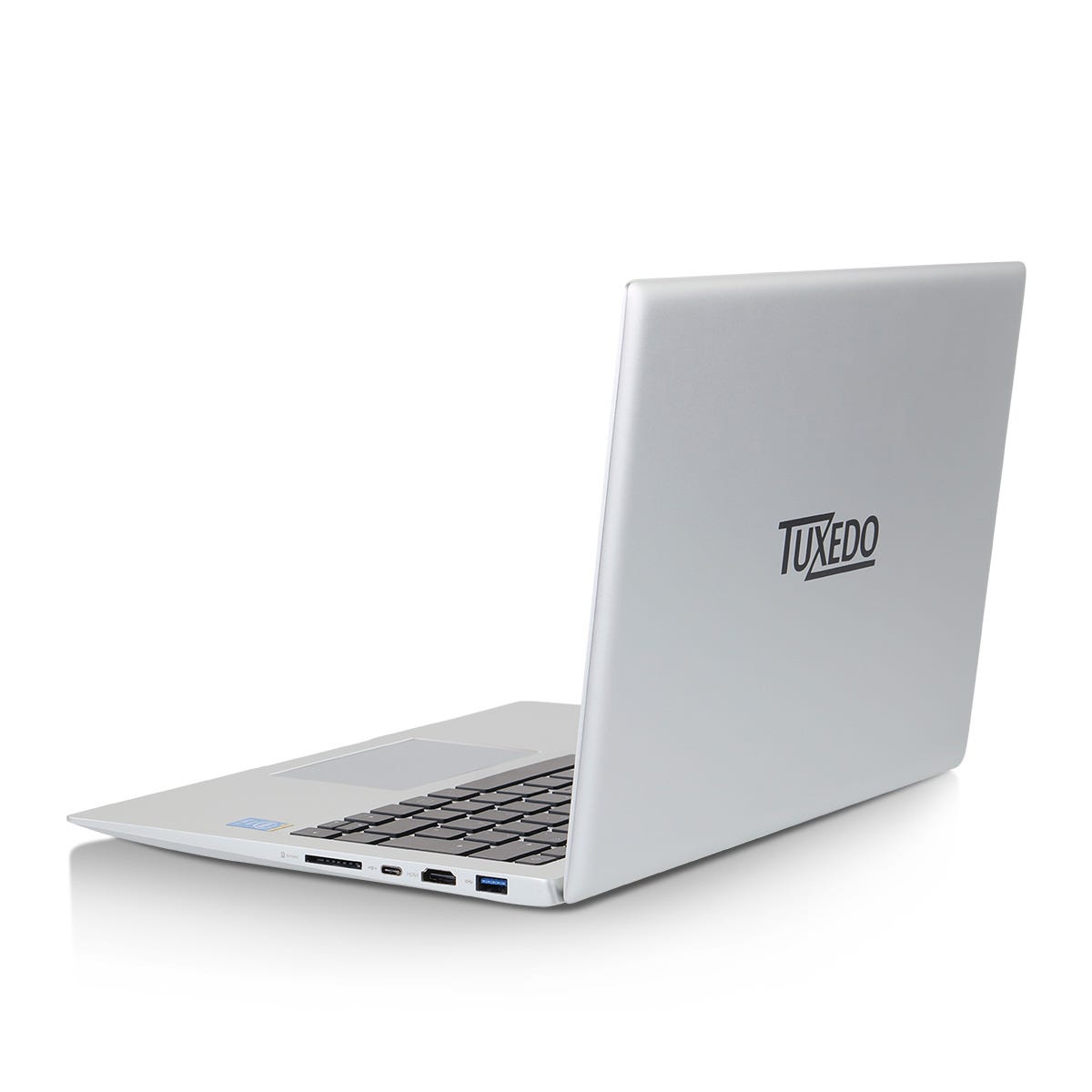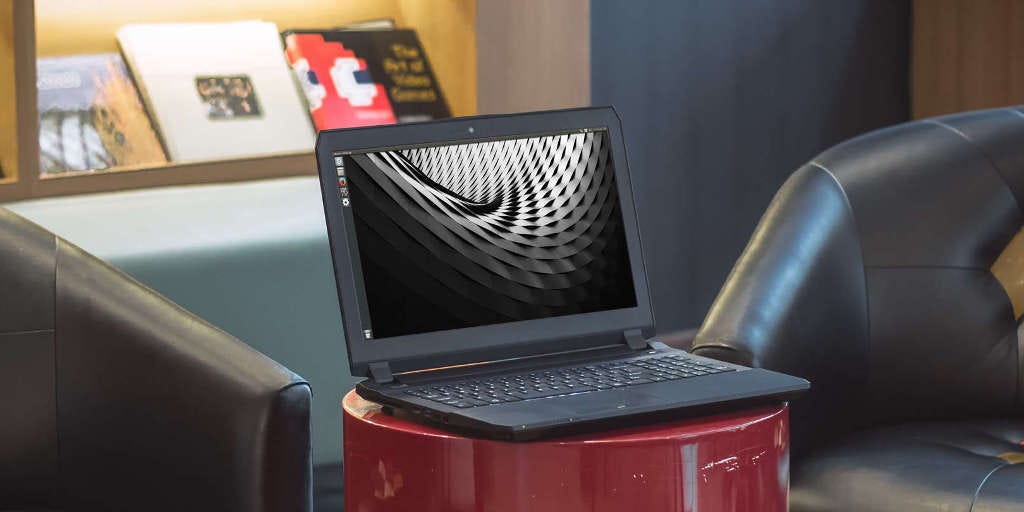Switching from macOS: Hardware
In the Apple world, you have one choice for hardware: whatever Apple makes. With elementary OS, your options are far more vast.
In the previous piece I wrote about elementary OS for Creative Work.
In the Apple world, you have one choice for hardware: whatever Apple makes. With elementary OS, your options are far more vast; you can get anything from a tiny thin low-power notebook to massive powerful workstation and use elementary OS.
Existing Mac hardware

The simplest option if you are switching from macOS, however, is to use your existing Mac hardware. Apple’s modern MacBook, MacBook Air, MacBook Pro, Mac Mini, iMac, and Mac Pro are all Intel-based computers and should work well with elementary OS. Avi Romanoff, an elementary contributor has written up a guide for installing elementary OS on a Mac.
Dedicated Vendors

If you are looking for new hardware and Apple’s latest doesn’t interest you, there are several companies shipping great computers with elementary OS out of the box.
Tuxedo Computers sells several machines with elementary OS, and their InfinityBook is probably the closest to a MacBook Air or Pro: thin, light, aluminum, and backlit. It comes in 13” and 15” options which both look great. Another option is Slimbook, who offers a couple of similarly thin, light, aluminum models that can ship with elementary OS out of the box. Obsidian PC has several models as with an elementary OS option as well.
Likely to Work Well

There has been an uptick in recent years of companies making and shipping computers with Linux-based OSes out of the box. System76 is probably the biggest and most popular of these; I’d be comfortable recommending any of their laptops or desktops for an elementary OS user. Because elementary OS is Ubuntu based and System76 fanatically supports Ubuntu (with hardware selection, firmware development, and driver tweaks specifically designed to work perfectly with Ubuntu), it works great.
Other companies ship and support Linux-based OSes around the world like Dell, Entroware, and many others. If they’re excited about supporting Linux and support Ubuntu or Ubuntu-based OSes, elementary OS should work as well.
General Hardware Suggestions
If you’re wanting or willing to spend the time researching several companies or even building your own computer to run elementary OS, there are a number of guidelines we recommend you follow.
Modern 64-bit Intel-based processors (Core i3, i5, and i7) and Intel HD graphics are your best bet. While NVIDIA and AMD may have Linux drivers, they can be more hit or miss than Intel.
We recommend at least 1 GB of RAM, but realistically 4 GB is a good minimum for a modern computer, and more is always better.
Some WiFi cards can be hit or miss; again, Intel is typically your best bet, but if it works with Ubuntu or more broadly, Linux, it should work perfectly in elementary OS.
Otherwise, if you’re unsure about specific hardware support, searching if it works with Ubuntu is a good bet. Since elementary OS is based on the same core and hardware stack as Ubuntu, hardware support is almost identical.
You can see all of our official hardware recommendations at our Installation Guide.
Thank You
Thanks to all of our supporters, backers, and customers! Your contributions make elementary possible. If you’d like to help build and improve elementary OS, don’t hesitate to Get Involved.
We’re accepting limited sponsors for the elementary Blog. View our public analytics and learn more if you are interested.


